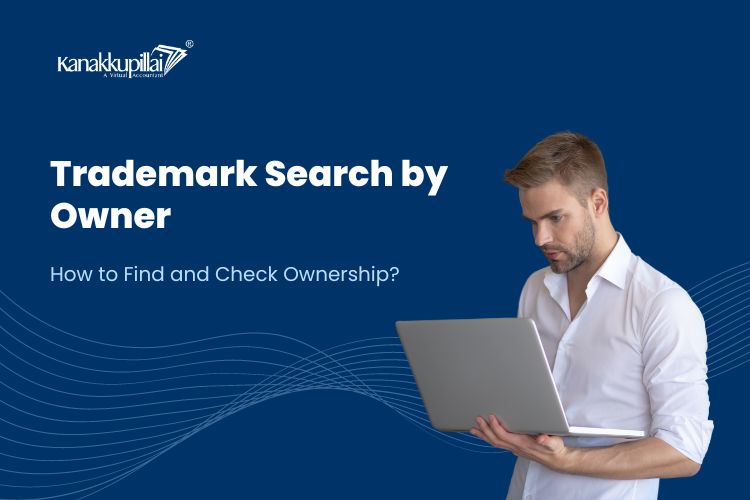Your brand is your most important tool in the ever-changing corporate environment. The face of your business, the mark that distinguishes you from the rivals, and the secret to cultivating client loyalty are all of importance. Protecting your brand is therefore very vital. A comprehensive trademark search can help you guarantee that your brand is original and prevent later expensive legal disputes.
What is a Trademark Search?
A trademark search is a procedure of identifying the trademark scene to decide if your recommended brand name, picture, or word is already in use by another organization. It’s an essential step within the trademark submitting procedure, as it facilitates you to see any feasible problems and ensures that your trademark is clearly unique.
But why is it important to look for rights by owner specifically? Well, patent ownership is the base of brand protection. By learning who owns the current trademarks in your business, you can better measure the risk of possible theft and make informed decisions about your own branding strategy.
How to Conduct a Trademark Search by Owner?
Although doing a trademark search by the owner is simple, it calls for careful attention to detail and a strong awareness of the resources at hand. Here is a detailed guide broken out step-by-step:
- Based on your location, you will either need to search national or international trademark databases. For instance, the official database of the Trademark Registry allows one to access India.
- Access the Trademark Search Portal: Most trademark libraries have user-friendly online search sites that allow you to look for registered names.
- Enter the Owner’s Name: In the search fields, type in the name of the person or company you want to look for. Be sure to try different types and forms to ensure a thorough look.
- Review the Search Results: Carefully examine the search results to find any names owned by the person or company you’re looking for. Pay close attention to the goods or services associated with each brand.
- Analyze the Findings: Assess the possible clashes between the names you found and your own business. Consider things like the closeness of the names, the goods or services they cover, and the chance of buyer mistakes.
Benefits of Conducting a Trademark Search
Conducting a thorough brand search by owner offers several key benefits:
- Avoiding Legal Issues: By finding present names owned by others, you can avoid possible legal issues and costly changing efforts down the line.
- Ensuring Originality: A trademark search helps you ensure that your brand is truly unique and different, giving you a competitive edge in the market.
Common Mistakes to Avoid
Although a trademark search seems simple, there are a few typical errors to be alert for:
- Inaccurate Searches: Ignoring related trademarks or not searching for all conceivable versions of the owner’s name can expose you up to legal problems.
- Ignoring close Trademarks: Should the marks be too close, you should take into account the possibility of customer misunderstanding even if the trademark you come across doesn’t exactly match.
Conclusion
Establishing a profitable company depends first on safeguarding your brand by means of a trademark search. Understanding who owns the current trademarks in your sector and following the required procedures will help you to make sure your brand distinguishes itself from the others and prevents expensive legal conflicts.
So, don’t wait – start your trademark search by owner today and take the first step towards protecting your most important asset: your business.
Related Services





